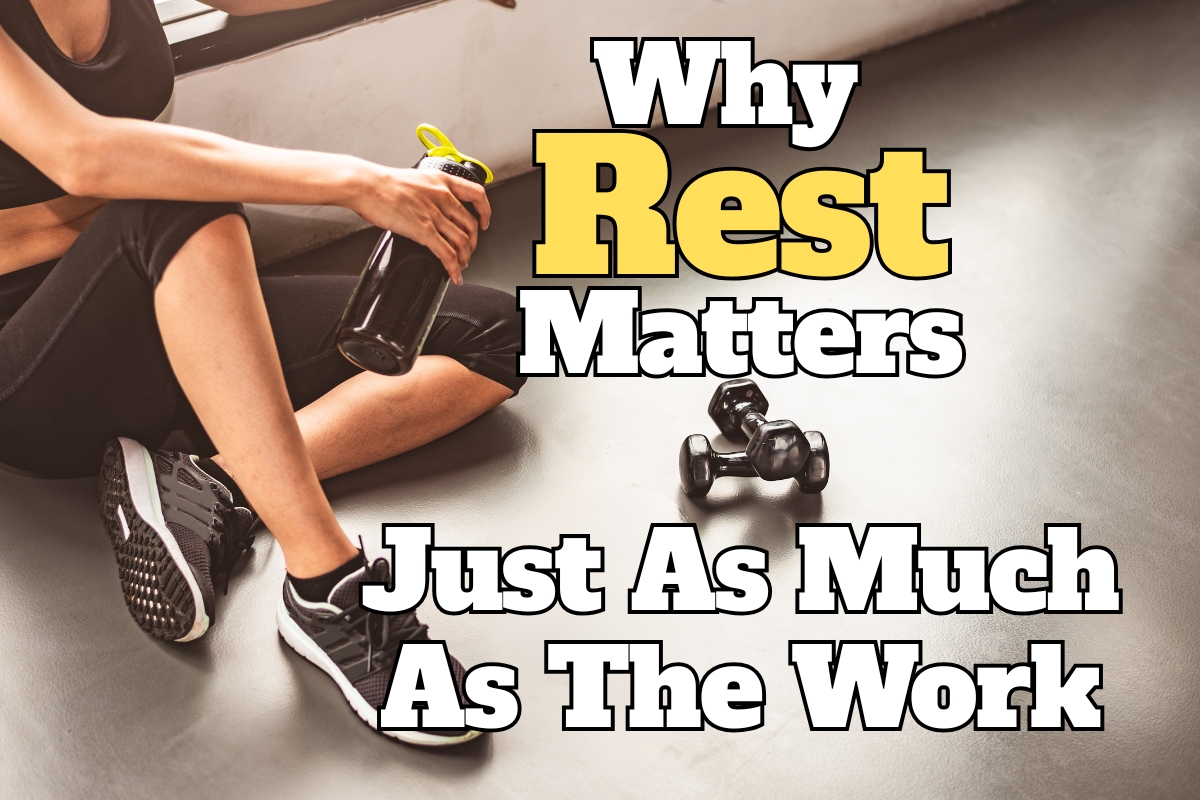
Understanding Your Body’s Energy System Can Transform Your Workouts
I often talk in class about how rest and recovery aren’t just “nice to have,” but are actually essential components of your workouts. This runs counter to the notion that pushing through without rest is the mark of a good workout. Our bodies are far more complex than that, and understanding how we fuel our movements can actually help us train smarter.

Your Three Energy Sources: Think of Them Like Different Fuels
Your body is remarkably efficient when it comes to how it powers movement.
Think of it like having three different fuel sources, each designed for specific situations, much like having matches, lighter fluid, and firewood for different fire-starting needs.

ATP (adenosine triphosphate) is like striking a match: instant flame, instant power, but it burns out in seconds.
This is what gives you that explosive first burst when you launch into a sprint or hoist a heavy weight.
Your muscles store just enough ATP for about 3-5 seconds of all-out effort. It’s brilliant for immediate power but gone almost as quickly as you use it.

Glycogen – stored glucose in your muscles and liver – is like having a bottle of lighter fluid. It ignites quickly and burns hot, perfect for those intense 30-60 second intervals in our HIIT classes.
Your body can access this fuel rapidly and doesn’t even need oxygen to use it, which is exactly what you need when we’re working hard.
This is your go-to energy source for high-intensity work lasting anywhere from about 10 seconds to several minutes.

Body fat is like having a stack of seasoned firewood: tremendous energy potential, but it takes time to get burning properly.
This is your body’s endurance fuel, perfect for long walks, easy jogs, or that afternoon of gardening. It requires oxygen to convert into useable energy, which makes it ideal for sustained, moderate-intensity activity but less useful when you need quick power.

Why I Include Rest Intervals
Those recovery periods between intense intervals serve two critical purposes that directly affect your performance:
First, rest allows your body to begin replenishing your ATP stores—essentially restocking your matches so you can strike another powerful burst. Without this quick refuel, you simply can’t maintain the intensity that makes HIIT effective.
Second, your muscles use rest time to clear out metabolic waste products like lactate that accumulate during hard effort. Think of it as clearing the ash so your fire can burn clean and hot again.

What Happens If You Skip Rest
If you push through without adequate recovery, you run out of your quick-burning fuels. Your body is forced to rely primarily on fat metabolism, which is far too slow for high-intensity work. You’re no longer doing true HIIT; you’re just grinding yourself down without getting the benefits.
For those of us over 50, this matters even more. Our bodies may need those full rest intervals to properly restore our fast-acting energy systems, making recovery time essential for maintaining workout quality and preventing injury.
The Bottom Line: Work Hard, Rest Smart
Understanding that your body uses different fuel sources for different intensities helps you appreciate why our workout structure isn’t arbitrary; it’s designed around how your body actually works. Those rest intervals aren’t wasted time; they’re when your body prepares to give you maximum power for the next round. The match analogy makes it clear: you can’t strike the same match twice without letting it restore itself. Honour both the work and the rest, and you’ll see better results with less risk of burnout or injury. Your body knows what it’s doing. Trust the process!
Want to know more about today’s topic? Do you have a suggestion for future posts? Leave a comment below – I’d love to hear from you!



0 Comments